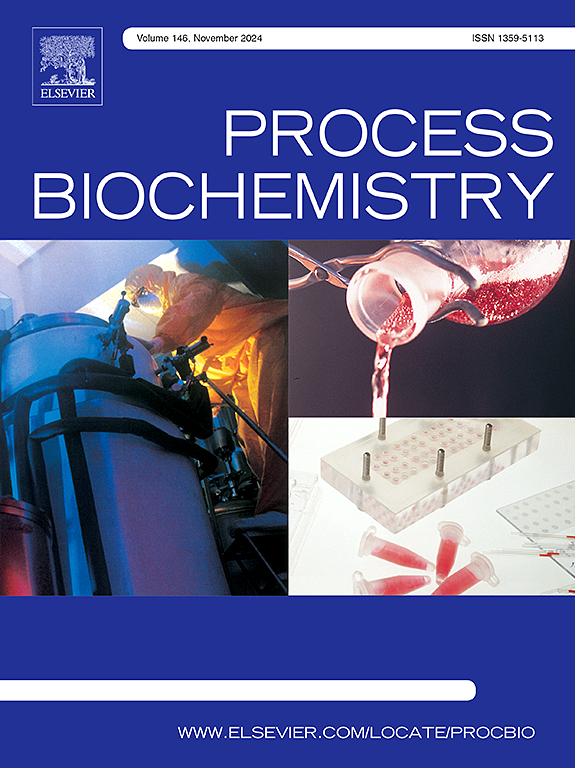结构引导下从食物中发现用于血糖调节的天然α-葡萄糖苷酶抑制剂
IF 3.7
3区 生物学
Q2 BIOCHEMISTRY & MOLECULAR BIOLOGY
引用次数: 0
摘要
2型糖尿病(T2DM)已成为全球健康危机,其患病率在过去三十年中急剧上升。α-葡萄糖苷酶抑制剂已成为控制血糖的有效物质。本研究构建了具有明确抑制作用的α-葡萄糖苷酶抑制剂文库,并结合moe、ChemoPy、Mordred、RDKit四种描述符和rf、LDA、SVM三种机器学习算法,建立了定量构效关系(QSAR)模型。分子对接表明,氢键和范德华相互作用对抑制剂-酶结合具有关键的稳定作用,而分子动力学(MD)模拟(100 ns)证实了配合物的结构稳定性。从FooDB中,amentoflavone成为一种有效的天然抑制剂,IC50为10.77 ± 1.03 μM。值得注意的是,阿门托黄酮的最小副作用和天然来源突出了它作为一种更安全的治疗选择的潜力。我们将QSAR、分子对接、MD动力学和体外验证相结合的多角度方法,为从食物来源中发现功能性降糖化合物提供了一个快速、经济的框架,促进了对机制的理解和在糖尿病管理中的实际应用。本文章由计算机程序翻译,如有差异,请以英文原文为准。
Structure-guided discovery of natural α-glucosidase inhibitors from food sources for blood sugar regulation
Type II diabetes mellitus (T2DM) has become a global health crisis, with prevalence rates escalating dramatically over the past three decades. α-glucosidase inhibitors have emerged as effective substances for glycemic control. In this study, a library of α-glucosidase inhibitors with definite inhibitory action was constructed, and models for the quantitative structure-activity relationship (QSAR) were developed by combining four descriptors—MOE, ChemoPy, Mordred, and RDKit, and three machine learning algorithms—RF, LDA, and SVM. Molecular docking revealed that hydrogen bonding and van der Waals interactions critically stabilize inhibitor-enzyme binding, while molecular dynamics (MD) simulations (100 ns) confirmed the structural stability of the complexes. From FooDB, amentoflavone emerged as a potent natural inhibitor with an IC50 of 10.77 ± 1.03 μM. Notably, amentoflavone’s minimal side effects and natural origin highlight its potential as a safer therapeutic alternative. Our multi-faceted approach combining QSAR, molecular docking, MD dynamics, and in vitro validation, provides a rapid and cost-effective framework for discovering functional hypoglycemic compounds from food sources, advancing both mechanistic understanding and practical applications in diabetes management.
求助全文
通过发布文献求助,成功后即可免费获取论文全文。
去求助
来源期刊

Process Biochemistry
生物-工程:化工
CiteScore
8.30
自引率
4.50%
发文量
374
审稿时长
53 days
期刊介绍:
Process Biochemistry is an application-orientated research journal devoted to reporting advances with originality and novelty, in the science and technology of the processes involving bioactive molecules and living organisms. These processes concern the production of useful metabolites or materials, or the removal of toxic compounds using tools and methods of current biology and engineering. Its main areas of interest include novel bioprocesses and enabling technologies (such as nanobiotechnology, tissue engineering, directed evolution, metabolic engineering, systems biology, and synthetic biology) applicable in food (nutraceutical), healthcare (medical, pharmaceutical, cosmetic), energy (biofuels), environmental, and biorefinery industries and their underlying biological and engineering principles.
 求助内容:
求助内容: 应助结果提醒方式:
应助结果提醒方式:


